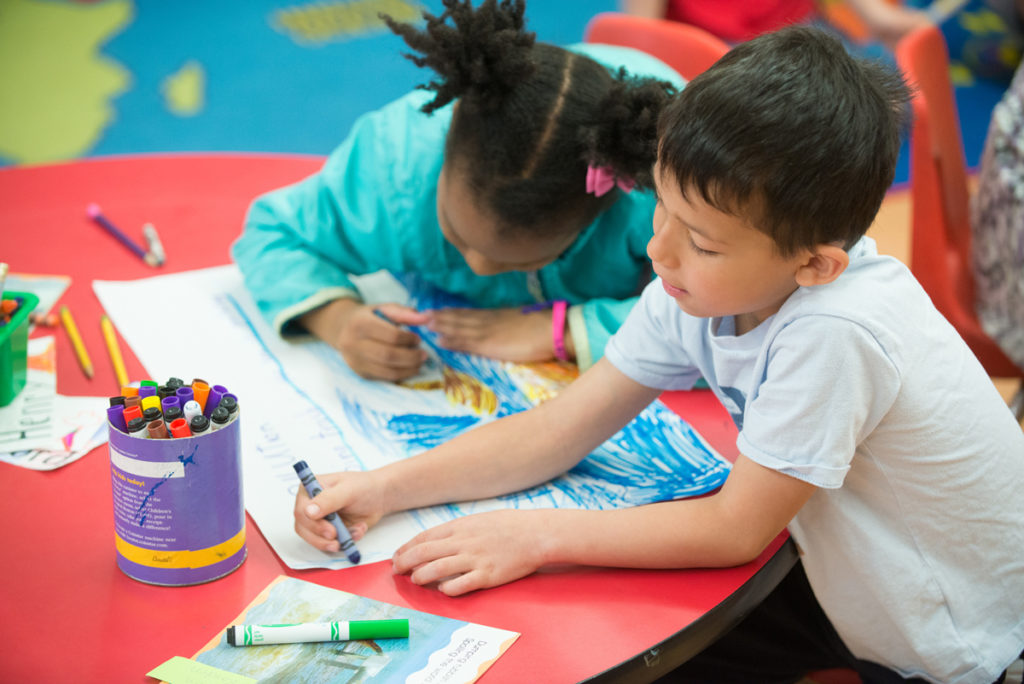

Our lessons and activities were fine—students were learning, completing assignments, and participating in discussions—but our time together was missing that spark curious third graders usually bring to whatever they do. As I began looking for ways to put fun back into our days, one of the things I wondered about was how I could jump start the enthusiasm that I knew was there.
Here’s an example of an opportunity that presented itself one day. We were in the middle of our science unit on animal adaptations, and we’d gotten to the part where we were learning about and observing ladybugs. That day’s lesson was a review from second grade curriculum about the body parts of insects. It was just supposed to be a short set up lesson for the next day’s lesson, which was on the specific parts and adaptations of the ladybug. However, as we looked at a poster of different insects, my students began talking excitedly about insects they had seen before and about things they already knew about insects. They pointed out how different the head, thorax, and abdomen of a praying mantis were compared to those same parts of an ant, and they wondered why.
When I saw that spark I had been waiting to see, I decided to ditch my plan for tomorrow and go with their enthusiasm. Logistically, we really didn’t have time to spend on learning about other insects—we needed to focus on ladybugs specifically so we could get through this science unit and stay on pace for the year. But I didn’t want to just “get through” the unit. I wanted my students to enjoy it!
So that afternoon I checked out a bunch of insect books from the library, and the next day each student chose an insect to learn about. They pored over their books, took notes, drew pictures, and shared amazing “Did you know?” facts with their classmates and with me. The next day, when I announced that we were going to continue researching for another day, the class cheered! They dove right back into their research and at the end of the day shared the most fascinating things they’d learned. Then we made connections between their insects and the ladybugs in our classroom. It was one of the richest discussions we’d had as a class, and one of the first in which I could tell they were really listening to each other instead of competing to be heard.
Taking a couple days to follow my students’ interests felt completely worthwhile to me. At the time, getting two days “behind” seemed huge, but I shuffled and combined a few other lessons in the unit and ended up finishing on time. It was a great reminder for me that while I should be mindful of my plans and the pacing of curriculum, I shouldn’t let myself get boxed in by them.
I also realized how many skills were gained or reinforced for my students during those two days. For instance, they made choices of what to learn about, used researching skills, practiced note-taking, and persevered when information was hard to find. They felt competent and accomplished as a result of this work, and the experience is one I often refer back to now when they have an opportunity to research and learn something new. Finally, and maybe most importantly, those two days of learning about insects were simply a lot of fun. My students were excited, engaged learners—a sight that makes any teacher smile!
Suzy Ghosh is a second grade teacher at Bush Hill Elementary school in Fairfax County, Virginia, and is also a Responsive Classroom consulting teacher.